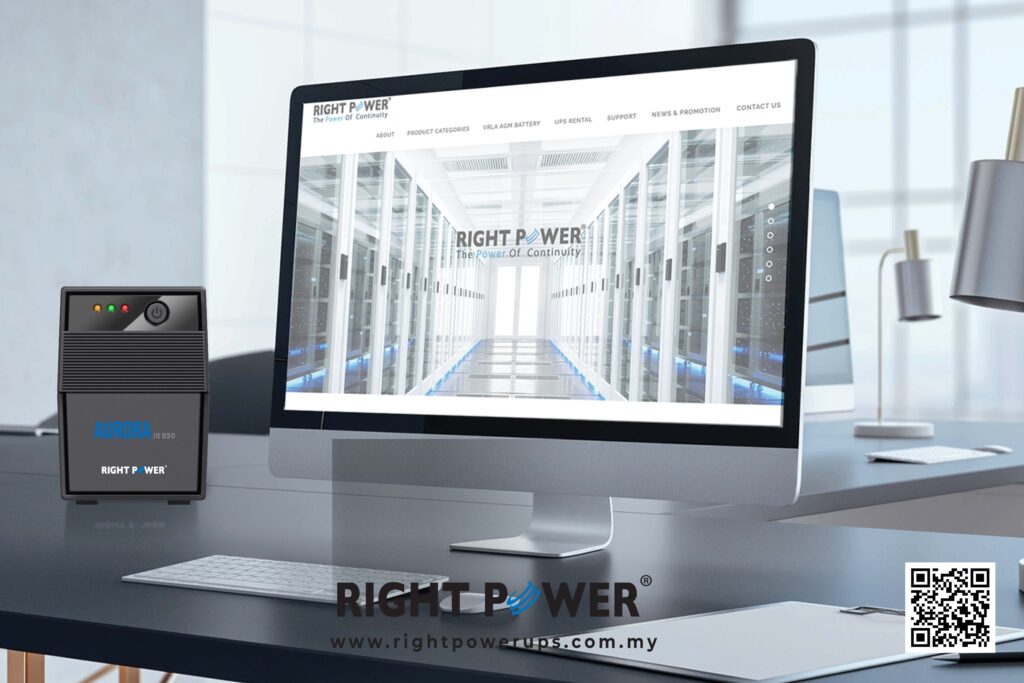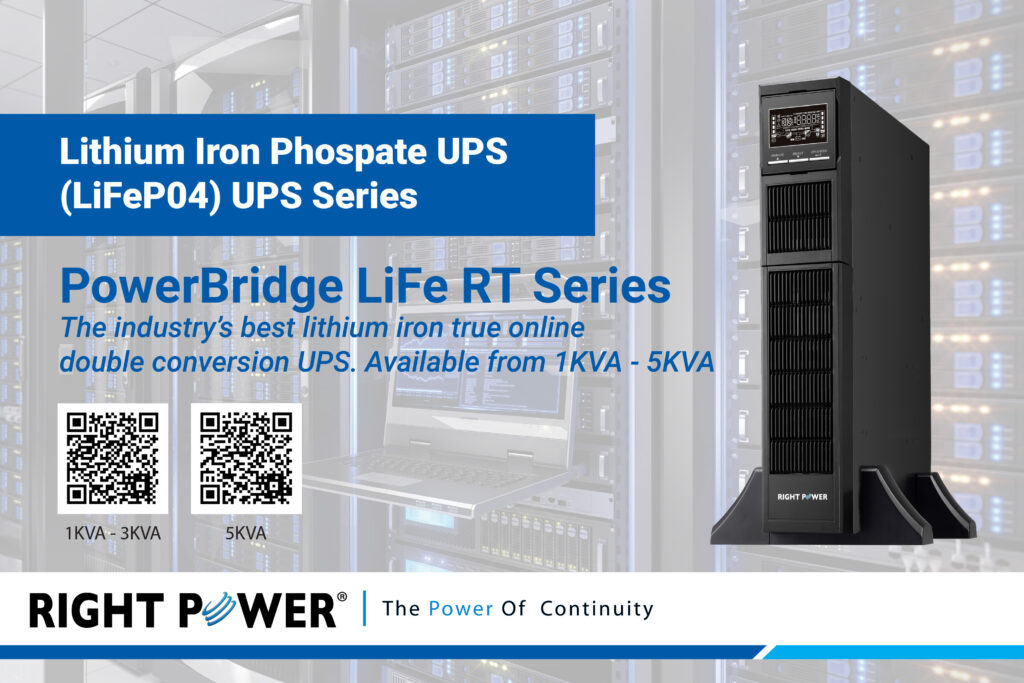
In the digital age, server rooms are the heart of any business. They house critical data and applications that keep operations running smoothly.
But what happens when power outages strike?
Without a proper safeguard, businesses risk data loss, hardware damage, and costly downtime. That’s where an Uninterruptible Power Supply (UPS) comes in.
Installing a UPS for server room can be a game-changer. It provides emergency power during outages, protecting your servers from potential harm.
In this article, we’ll delve into the benefits of UPS for server room. We’ll explore how this investment can enhance your IT infrastructure’s reliability and contribute to your business continuity plan.
Stay tuned to discover why a UPS is a crucial addition to your server room.
Understanding UPS and Its Importance in Server Rooms
A UPS, or Uninterruptible Power Supply, is more than just a backup battery. It serves as a lifeline during power failures.
The primary role of a UPS is to supply immediate power, ensuring servers keep running. This is crucial for maintaining data integrity.
Power outages can happen without warning, making server rooms vulnerable. A UPS bridges the gap until generators start or power is restored.
Beyond outages, a UPS protects against power surges and fluctuations. These can cause significant damage to delicate server hardware.
Servers require stable, consistent power to function optimally. Even minor disruptions can lead to data corruption or loss.
Thus, installing a UPS in server rooms is essential. It’s a proactive measure that safeguards business operations and protects valuable information.
Top UPS Installation Benefits for Server Rooms
Installing a UPS for server room delivers multiple benefits. It ensures power stability, protects data integrity, and extends hardware life. These factors combine to enhance business continuity and reduce the risk of costly downtimes.
1. Uninterrupted Power Supply During Outages
Power outages can strike at any time, causing disruptions. A UPS kicks in immediately, supplying power until a generator starts or electricity is restored.
This seamless transition prevents the loss of unsaved data and keeps operations running smoothly. Businesses can continue to operate without interruptions, maintaining productivity even during grid failures.
Moreover, a UPS buys valuable time to implement backup plans. This ensures server shutdowns occur safely, without risk of data corruption.
2. Protection Against Data Loss and Corruption
Without power stability, data corruption is a real threat. Sudden outages can lead to incomplete file writes or loss of critical information.
A UPS provides a buffer by maintaining power during outages. This ensures data operations are completed correctly, safeguarding against loss.
Even minor interruptions can impact databases and applications. Ensuring continuous power flow is vital for data integrity and reliability.
3. Safeguarding Hardware from Power Surges
Power surges are spikes in voltage that can damage sensitive server hardware. Such surges can lead to costly repairs and replacements.
A UPS acts as a buffer, filtering out spikes and surges. It ensures that only stable power reaches your servers, prolonging their lifespan.
By mitigating electrical noise and fluctuations, a UPS protects your investment. This leads to fewer disruptions and reduced maintenance costs.
4. Ensuring Business Continuity and Uptime
Continuous uptime is critical for business operations, particularly in digital environments. A UPS plays a crucial role in maintaining uninterrupted service.
Unexpected downtimes can affect reputation and lead to customer dissatisfaction. With a UPS, companies can assure clients of reliability.
This confidence in continuous operation is essential for e-commerce, communication, and other critical services. A UPS supports uninterrupted access and service.
5. Cost Savings from Avoided Downtime
Downtime can be expensive, impacting revenue and productivity. For many businesses, even short interruptions can result in significant financial losses.
By preventing outages, a UPS helps avoid the costs associated with lost output. It reduces the need for emergency repairs and data recovery efforts.
Therefore, investing in a UPS offers a compelling return. Businesses save money by preventing unplanned disruptions and maintaining smooth operations.
Choosing the Right UPS for Your Server Room
Selecting the ideal UPS for server room involves considering power needs, scalability, and reliability. It’s essential to match the UPS type with your specific requirements and future growth projections.
Types of UPS Systems
There are various UPS systems, each suited for different environments. Standby UPS is the simplest type, offering basic power outage protection. It switches to battery within milliseconds, suitable for lower power needs.
Line-interactive UPS provides intermediate protection. It regulates voltage fluctuations using a transformer, ideal for moderate power disturbances. This makes it a popular choice for many server rooms.
Double-conversion or online UPS ensures maximum protection. It continuously converts incoming power to battery and back, delivering pure power without fluctuations.
This type is essential where power quality must be immaculate. It’s preferred in environments with critical operations such as data centers.
Each type has its merits, and understanding them helps make informed decisions, balancing cost with need.
Sizing and Scalability Considerations
Correctly sizing a UPS is crucial. You must assess current load requirements alongside potential future expansions. This ensures adequate power and reliability even as your needs grow.
A UPS should accommodate peak demands plus a safety margin. This approach prevents overloading and maximizes equipment protection.
Scalability is vital. Consider modular systems that allow you to expand capacity. This flexibility is beneficial as your business and server room needs evolve.
Installation and Maintenance of a UPS
Installing and maintaining a UPS for a server room is crucial for maximizing system benefits. Proper installation and regular upkeep ensure uninterrupted performance and longevity.
The Installation Process
Proper UPS installation begins with a thorough site assessment. This step involves evaluating space, power needs, and future scalability. Accurate planning ensures smooth integration with existing systems.
Once the plan is in place, professionals handle the installation. They ensure all connections are secure and compliant with safety regulations. This expertise minimizes risk and maximizes system reliability.
Post-installation, testing is essential. It verifies that the UPS functions as intended under load conditions. This testing phase guarantees that the setup will withstand real-world power disruptions.
Regular Maintenance for Optimal Performance
Routine maintenance is key to keeping a UPS system at peak performance. Scheduled inspections can detect and resolve potential issues before they escalate.
Battery life is crucial for UPS reliability. Regular checks ensure batteries are functioning optimally and are replaced as needed. This practice prevents unexpected failures during power outages.
Software updates also play a role in maintenance. Keeping the UPS system’s software current ensures compatibility with new technology and enhances overall performance. Regular attention to these aspects extends system life and efficiency.
Conclusion: The Long-Term Advantages of UPS Installation
Investing in a UPS for server room offers numerous benefits. It ensures business continuity, data protection, and hardware longevity. These advantages lead to significant cost savings over time. A well-maintained UPS system provides peace of mind, knowing your critical operations are safeguarded against unexpected power disruptions.
Learn more about UPS for server room here!


